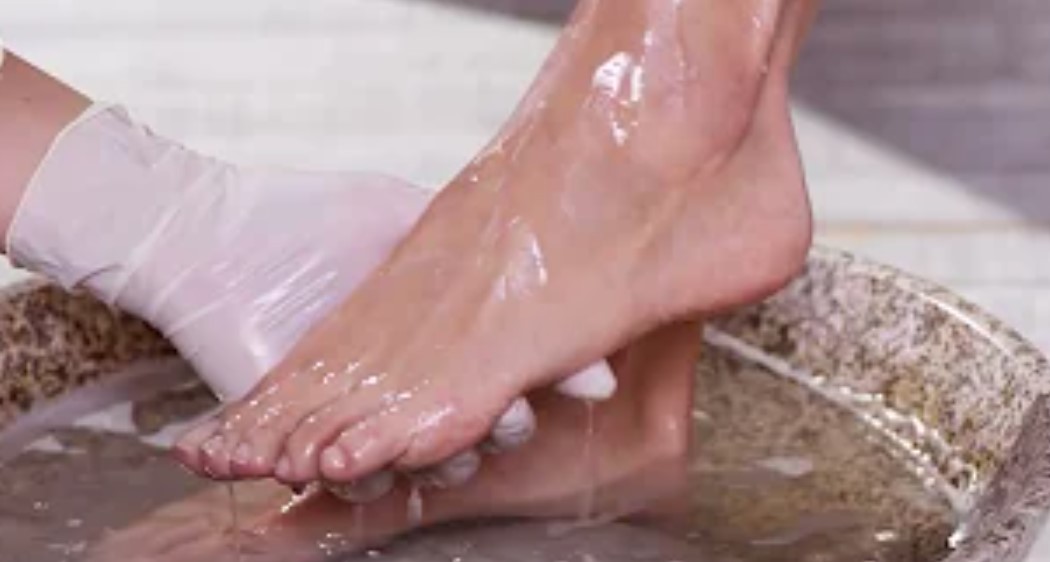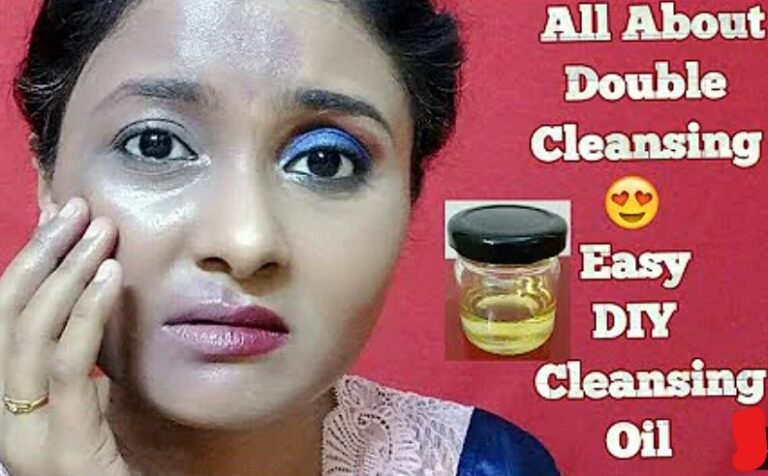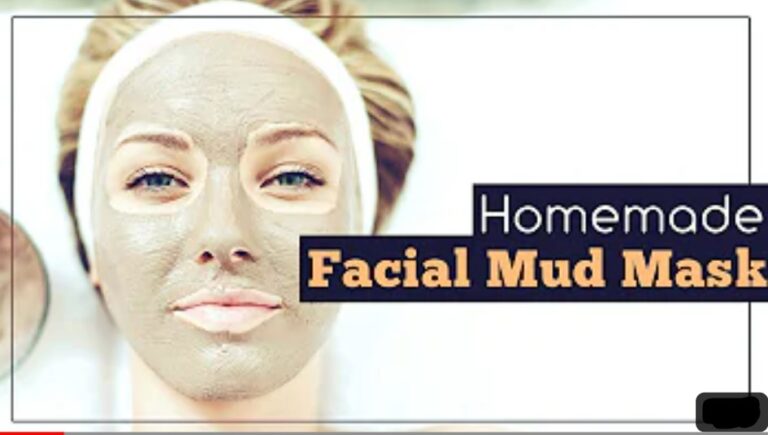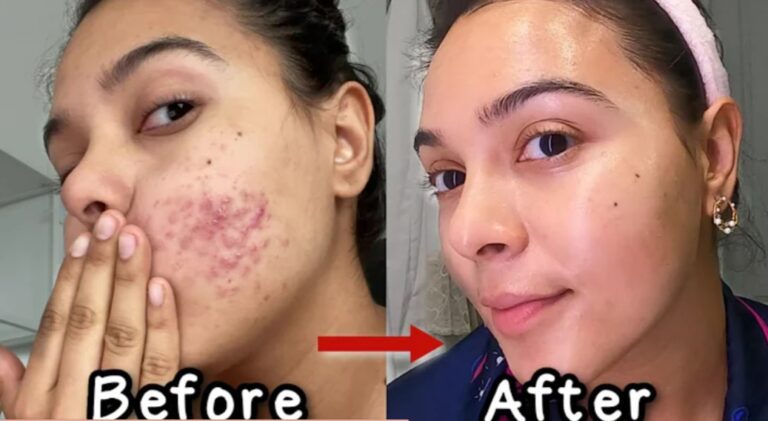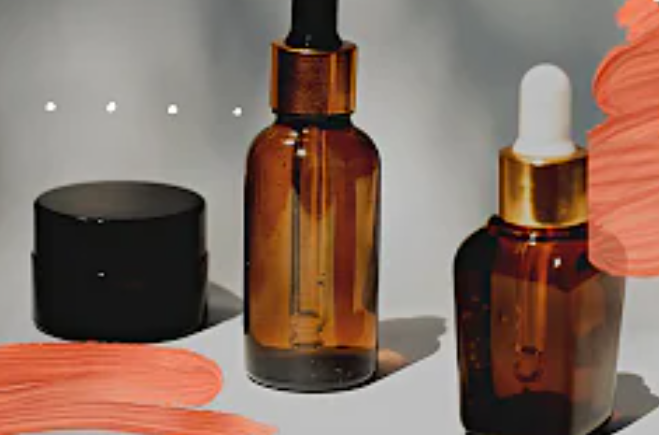Skincare for Calluses
Effective Skincare Tips for Calluses: Say Goodbye to Rough Skin!
Are calluses causing discomfort and roughness on your skin? Say goodbye to these pesky problems with our expert skincare tips. In this guide, we’ll explore the causes of calluses, prevention methods, and effective treatments to help you achieve smoother and healthier skin. Also, say hello to a new confidence level with these skincare techniques tailored specifically for calluses.
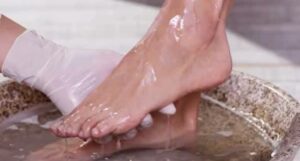
Understanding Calluses
Calluses are thickened and hardened areas of skin that develop as a natural response to repeated friction, pressure, or irritation. They typically form on the hands and feet but can also occur on other body parts. Calluses are a protective mechanism of the skin to prevent injury and damage to the underlying tissues.
Definition of calluses and their characteristics
They are a natural protective mechanism of the body to prevent damage to the underlying tissues. Here are some key characteristics of calluses:
- Thickening of the skin: Calluses appear as areas of thickened skin that may feel rough or hardened to the touch. The skin in these areas becomes tougher and less sensitive than the surrounding skin.
- Localized areas: Calluses typically develop on the hands and feet, particularly on the palms, fingers, soles, and heels. They can also occur on other parts of the body that experience frequent friction or pressure.
- Yellowish or greyish colour: Calluses often have a yellowish or greyish hue. An increased amount of keratin, the protein responsible for the strength and protection of the skin, causes this discolouration.
- Lack of pain or tenderness: Unlike blisters, which are often painful, calluses usually do not cause significant discomfort or tenderness. However, if the pressure or friction persists, it can sometimes lead to pain or discomfort.
- Size and shape: Calluses can vary in size and shape depending on the underlying cause and duration of friction or pressure. They may be small and localized or larger and more widespread.
- The build-up of dead skin cells: Calluses result from accumulating dead skin cells on the surface. These cells help form a protective barrier against further injury and promote healing.
Common causes of calluses, including friction, pressure, and repetitive actions
Calluses can develop due to various factors that subject the skin to friction, pressure, or repetitive actions. Here are some common causes of calluses:
- Ill-fitting footwear: Wearing shoes that are too tight, narrow, or have high heels can create excessive pressure and friction on certain areas of the feet, leading to callus formation. The constant rubbing of the skin against the shoe causes the skin to thicken and harden.
- Occupational factors: Certain occupations or activities that involve repetitive actions or prolonged use of tools can lead to calluses. Examples include construction workers, gardeners, musicians (guitar players, drummers), or individuals who engage in manual labour or activities that involve gripping tools or instruments for extended periods.
- Sports and physical activities: Participation in sports or activities involving repetitive movements or pressure on specific body areas can result in calluses. Athletes, such as weightlifters, rowers, and gymnasts, often develop calluses on their hands due to the constant friction and pressure from equipment or apparatus.
- Manual labour: Jobs that require frequent use of hands or tools can cause calluses. For instance, carpenters, mechanics, or individuals who engage in activities like gardening or woodworking may develop calluses on their hands or fingers due to repeated friction and pressure.
- Musical instruments: Playing musical instruments, especially those that require repeated finger movements or picks, bows, or drumsticks, can lead to callus formation on the fingertips or hands.
- Walking or running barefoot: Walking or running without proper footwear on hard surfaces can cause friction and pressure on the soles of the feet, resulting in calluses.
- Abnormal foot mechanics: Certain foot conditions or structural abnormalities, such as bunions, hammertoes, or flat feet, can increase pressure and friction, leading to callus formation.
Differentiating calluses from other skin conditions like corns and blisters
While they share similarities, they have distinct characteristics that help differentiate them. For example, here’s how you can distinguish calluses from corns and blisters:
Calluses:
- Appearance: Calluses are thick, hardened areas of skin that typically appear as rough, yellowish patches. They are usually larger and have a broader, less-defined border.
- Texture: Calluses feel rough and dry and may be slightly raised above the surrounding skin.
- Location: Calluses commonly form on weight-bearing feet areas, such as the soles and heels. They can also develop on the palms, fingers, or any area subjected to repeated friction or pressure.
- Cause: Calluses typically occur as a protective response to chronic friction or pressure on the skin, often resulting from activities like walking, running, or using tools without proper hand protection.
Corns:
- Appearance: Corns are smaller and more localized than calluses. They appear as thick, round, cone-shaped patches of hardened skin, usually with a central core called the “hard corn.” Corns can be yellowish or grey.
- Texture: Corns have a dense, firm texture, and the centre may be surrounded by inflamed and sensitive skin.
- Location: Corns typically develop on the tops, sides, or tips of the toes, where there is friction or pressure from ill-fitting shoes or abnormal foot structures.
- Cause: Corns form due to repeated friction or pressure, usually due to footwear that doesn’t fit properly or toes that rub against each other.
Blisters:
- Appearance: Blisters are fluid-filled sacs that form beneath the skin. They are typically round or oval-shaped and have a clear or slightly yellowish appearance.
- Texture: Blisters are filled with fluid, which can be clear, bloody, or pus-like, depending on the cause. The skin covering the blister is often fragile and may be painful or tender.
- Location: Blisters can develop on any part of the body exposed to friction, heat, or irritants, such as the hands, feet, or areas prone to rubbing.
- Cause: Blisters commonly occur due to friction, burns, insect bites, or certain medical conditions. They serve as a protective cushion for the underlying skin while it heals.
Prevention Techniques for Calluses
They commonly occur on the hands and feet. While calluses are generally not harmful, they can be uncomfortable or unsightly. Here are some prevention techniques to help reduce the likelihood of callus formation:
Choosing appropriate footwear to reduce friction and pressure
Ensure that your shoes fit well and provide adequate cushioning and support. Avoid shoes that are too tight or have high heels, as they can create excessive pressure points.
Importance of proper foot hygiene and regular exfoliation
Good foot hygiene and regular exfoliation are essential for maintaining healthy feet and preventing foot problems. Here’s why they are important:
- Prevention of infections
- Reduction of foot odour
- Removal of dead skin cells
- Improved circulation
- Enhanced Moisture Absorption
- Improved Foot Appearance
- Detection of Foot Abnormalities
Moisturizing techniques to maintain skin softness and prevent callus formation
Regular moisturizing is important to keep skin soft and prevent callus formation. Here are some methods and tips to help you achieve smooth and supple skin:
- Choose the right moisturizer
- Moisturize immediately after bathing
- Exfoliate regular
- Wear gloves
- Use overnight moisturizing treatments
- Stay hydrated
- Avoid excessive heat
- Protect your skin from the sun
- Eat a balanced diet
- Avoid harsh soaps and cleansers
Also Read: Skincare for chapped lips
Skincare Regimen for Calluses
When it comes to a skincare regimen for calluses, here are some steps you can follow:
Gentle cleansing techniques to remove dirt and dead skin cells
When it comes to gentle cleansing techniques to remove dirt and dead skin cells, here are a few recommendations:
- Use lukewarm water: Avoid using extremely hot water, as it can strip away the natural oils from your skin and cause dryness. Instead, opt for lukewarm water, which is gentle and less likely to irritate.
- Choose a mild cleanser: Look for a gentle, non-irritating cleanser suitable for your skin type. Avoid harsh soaps or cleaners with strong fragrances, as they can dry and irritate the skin.
- Cleanse with soft motions: Use your fingertips or a soft facial cleansing brush to massage the cleanser onto your skin using gentle, circular motions. Avoid scrubbing or rubbing too vigorously, as this can cause skin irritation.
- Pay attention to sensitive areas: Be extra gentle when cleansing sensitive areas of your face, such as the delicate skin around the eyes. Use light pressure and avoid tugging or pulling on the skin.
- Rinse thoroughly: After cleansing, rinse your face thoroughly with lukewarm water. Leaving any residue from the cleanser on your skin can cause irritation or clogged pores.
- Pat dry with a soft towel: Instead of rubbing your face vigorously with a towel, gently pat it dry using a clean, soft towel. This helps to prevent unnecessary friction and irritation.
- Exfoliate cautiously: Exfoliation effectively removes dead skin cells but should be done carefully. Choose a mild exfoliator and use it only 1-2 times per week to avoid over-exfoliating, which can lead to dryness and sensitivity.
- Moisturize afterwards: After cleansing, always use a gentle moisturizer to replenish hydration and maintain the skin’s moisture balance. This helps to keep your skin soft, smooth, and healthy.
Exfoliation methods to slough off hardened skin
When it comes to exfoliating hardened skin, here are some methods you can try:
- Physical exfoliation with a scrub: Use a gentle scrub designed for the face or body. Look for products with fine granules or particles that can effectively remove dead skin cells without being too harsh. Apply the scrub to damp skin and massage it in gentle circular motions. Rinse thoroughly with lukewarm water.
- Chemical exfoliation with AHAs or BHAs: Chemical exfoliants containing alpha hydroxy acids (AHAs) or beta hydroxy acids (BHAs) can help to slough off dead skin cells and promote cell turnover. AHAs, such as glycolic acid and lactic acid, work on the skin’s surface, while BHAs, like salicylic acid, penetrate deeper into the pores. Choose a product with a suitable concentration for your skin type and follow the instructions.
- Enzyme exfoliation: Enzyme exfoliators use natural enzymes, often derived from fruits like papaya or pineapple, to gently dissolve dead skin cells. These exfoliators are typically milder and may be suitable for sensitive skin. Apply the enzyme exfoliator to clean dry skin and leave it on for the recommended time before rinsing off.
- Manual exfoliation tools: Various tools, such as soft-bristle brushes, exfoliating gloves, or loofahs, can be used to exfoliate hardened skin on the body manually. Be gentle when using these tools and avoid excessive pressure or scrubbing, as it can irritate.
- Professional treatments: If you have particularly stubborn or hardened skin, consider professional treatments like microdermabrasion or chemical peels. These procedures should be performed by trained professionals who can assess your skin’s condition and determine the most appropriate treatment.
Nourishing and moisturizing routines for callus-prone areas
If you have callus-prone regions on your body, it’s important to establish a nourishing and moisturizing routine to keep your skin healthy and prevent further callus formation
Benefits of using specialized callus creams or ointments
Specialized callus creams or lotions offer several benefits when managing and treating calluses on the skin. Here are some of the advantages:
- Softening and moisturizing
- Exfoliation
- Pain relief
- Callus prevention
- Improved skin appearance
Natural Remedies for Calluses
Here are some natural remedies that may help in managing calluses:
- Soak in warm water: Soaking your feet or hands in warm water can help soften the calluses. Add some Epsom salt or a few drops of essential oil like tea tree or lavender oil for added benefits. Soak for about 10-15 minutes to help loosen the thickened skin.
- Exfoliation: Gently exfoliate the callused area using a pumice stone or a foot file after soaking. Be careful not to scrub too hard, as it may cause irritation or damage to the healthy skin. Regular exfoliation can help remove dead skin and reduce the thickness of calluses over time.
- Moisturize: Keeping the skin well moisturized is important to prevent excessive dryness and further thickening of calluses. Apply a thick moisturizer or natural emollients to the affected area, such as coconut oil, shea butter, or cocoa butter. This helps soften the skin and reduces the appearance of calluses.
- Wear comfortable shoes: Ill-fitting shoes can contribute to the development of calluses. Choose footwear that provides ample space for your toes and does not create excessive pressure or friction. Properly fitting shoes can reduce the likelihood of calluses forming or worsening.
- Use protective padding: If you have calluses on your feet, using cushioning or protective pads can help alleviate discomfort and prevent further irritation. These pads are a barrier between the callus and the pressure from shoes or other surfaces.
- Apple cider vinegar: Soaking a cotton ball in apple cider vinegar and applying it to the callus can help soften the skin. Secure the cotton ball in place with a bandage or adhesive tape and leave it overnight. Repeat this process daily until the callus starts to reduce in size.
- Lemon juice: The acidic properties of lemon juice can help soften calluses. Squeeze fresh lemon juice onto a cotton ball and apply it to the affected area. Leave it on for 10-15 minutes and rinse with warm water. Repeat daily until the callus improves.
- Chamomile tea: Brew a strong chamomile tea and soak a clean cloth. Apply the fabric to the callus for 15-20 minutes. Chamomile has soothing properties that can help soften the skin and reduce inflammation.
Medical Treatment Options
While calluses are generally not harmful, they can sometimes cause discomfort or pain. There are several medical treatment options available to manage calluses. Here are some common approaches:
- Padding: Non-medicated paddings, such as moleskin or gel pads, can help cushion the callus and reduce friction, relieving and preventing further irritation.
- Salicylic acid: Over-the-counter (OTC) products containing salicylic acid can effectively soften and thin the callus. These products are available in various forms, such as creams, pads, or plasters. Follow the instructions on the packaging for proper usage.
- Pumice stone or file: Gently filing the callus with a pumice stone or file can help reduce its thickness and smooth the surface. Soak the affected area in warm water first to soften the callus, then carefully remove the dead skin. Avoid excessive rubbing, as it can irritate.
- Prescription-strength medications: Sometimes, a healthcare professional may prescribe a stronger salicylic acid preparation or another drug, such as a urea cream, to treat stubborn or painful calluses. Follow the specified instructions and consult your doctor for guidance.
- Trimming: A healthcare professional, such as a podiatrist, can trim the thickened skin of the callus using specialized tools. A trained professional should only do this to avoid injury or infection.
- Custom orthotics: If calluses develop due to abnormal foot mechanics or structural issues, custom orthotic devices can help redistribute pressure and relieve friction. A podiatrist or orthopaedic specialist can assess your condition and provide appropriate orthotic solutions.
- Surgical intervention: In rare cases where conservative measures fail, surgical removal of the callus may be considered. This is typically a last resort reserved for severe or persistent calluses that cause significant pain or interfere with daily activities.
Daily Care Tips
- Regular foot care and maintaining good hygiene
- Wearing comfortable socks and shoes to reduce friction
- Applying moisturizers and protective balms before bedtime
Following these skin care tips for calluses, you can effectively manage and prevent their occurrence, resulting in smoother and healthier skin. Remember, consistency is key, and with the right approach, you’ll soon bid farewell to roughness and discomfort caused by calluses. Embrace your newfound confidence and showcase your beautifully pampered skin to the world!
